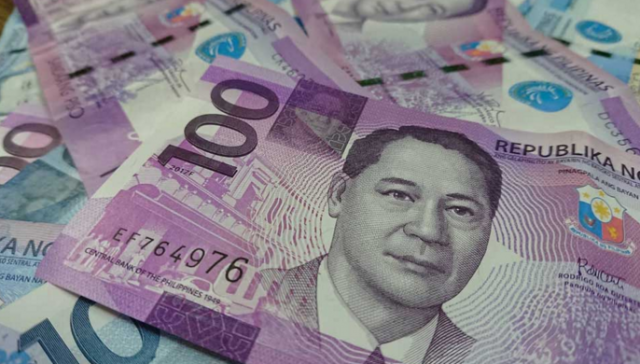MANILA – Big banks saw marginal growth of soured debts as of July even as total loans surged by a fifth from a year ago, keeping them on solid footing for sustained expansion, latest central bank data showed.
Universal and commercial banks’ non-performing loans (NPLs) totalled P104.034 billion in the seven months to July, climbing 6.3% from the year-ago P97.913 billion and three percent from last semester’s P101.006 billion.
NPLs are loans left unpaid at least 30 days past due date, which mean bigger chances of default that could spell losses for a bank.
However, the increase of bad debts remained muted compared to the growth of total loans, which surged by 19.3% to P7.065 trillion from the P5.922 trillion recorded in the seven months to July 2016, according to the Bangko Sentral ng Pilipinas.
Relative to total loans, the share of NPLs slipped to 1.47% from 1.65% the previous year, reflecting a sustained improvement of asset quality.
Non-performing assets held by local lenders in the form of properties seized from non-paying borrowers shrank by 5.1% to P75.874 billion from P79.949 billion worth of foreclosed assets a year ago.
Banks have the option to retrieve assets of value from defaulting borrowers in order to settle obligations.
Despite the slight increase of NPLs, big banks hiked their allowance for credit losses by 7.1% to P140.766 billion from the P131.458 billion which they set aside the prior year.
That was more than enough to cover the entire amount of soured debts in that period.
NPL coverage stood at 135.31% as of July, improving from 134.26% the previous year although less than last semester’s 137.89% ratio.
Bank loans granted during the period also remained largely funded by deposits, which grew 15% to P10.003 trillion as of end-July from P8.7 trillion in 2016’s comparable seven months.
Across the entire Philippine banking system, the share of NPLs also declined to 1.99% of total bank credit from a 2.19% share as of July 2016.
The same comparable seven months saw banks cumulatively grow incomes by four percent to P82.335 billion from P79.192 billion.
Moody’s Investors Service last week kept its “stable” outlook for Philippine banks over the next 12-18 months on the back of strong funding profiles and ample liquidity, even as it flagged a potential increase in credit defaults as lenders venture deeper into the riskier retail segment.
Still, the international debt watcher said bank profits will remain stable, with higher yields from the consumer segment expected to offset higher credit and operating costs.
The central bank keeps track of the NPL ratios of banks and other financial entities in order to keep asset quality in check and maintain the soundness of the financial system.





